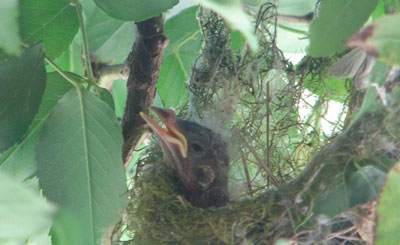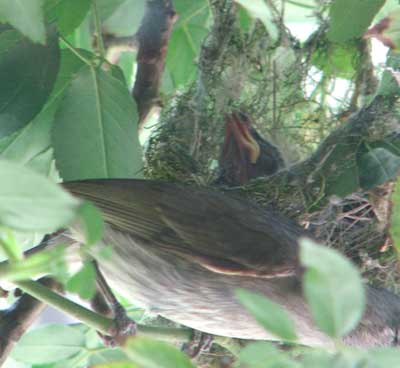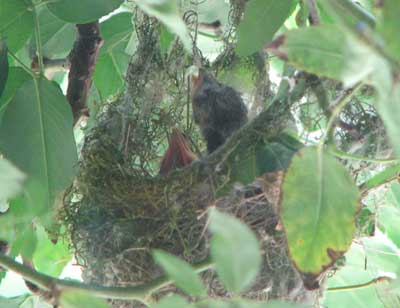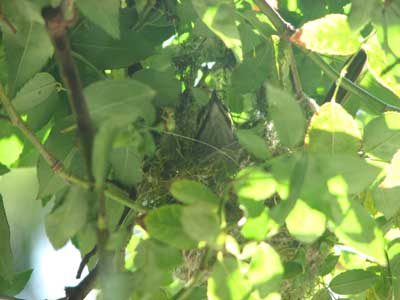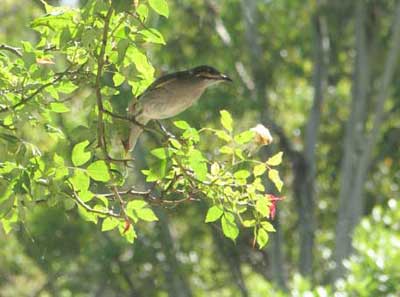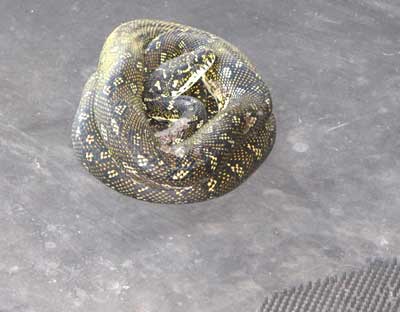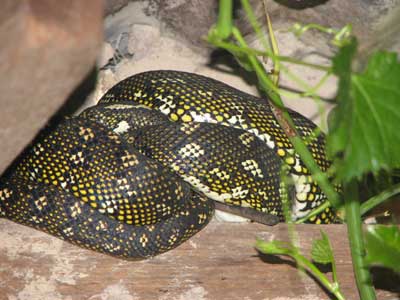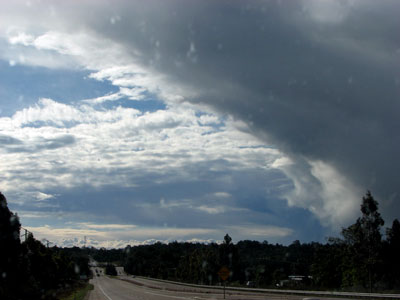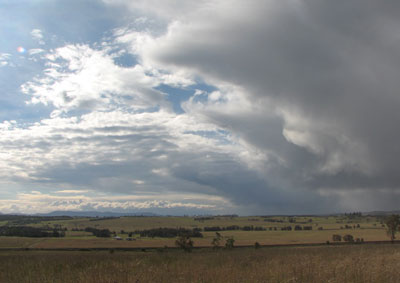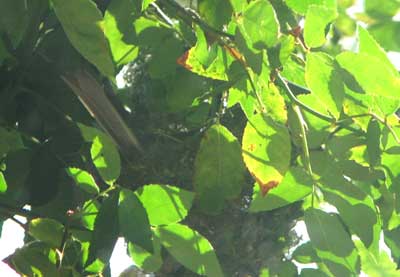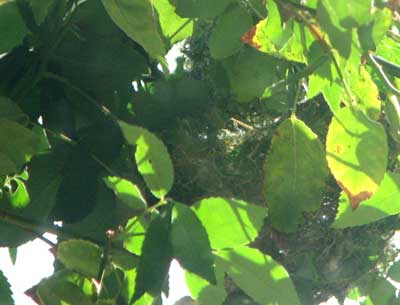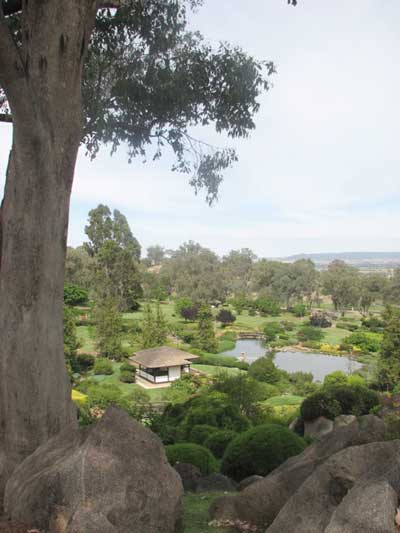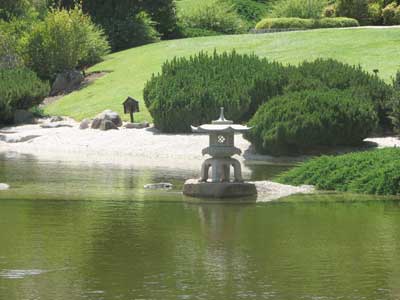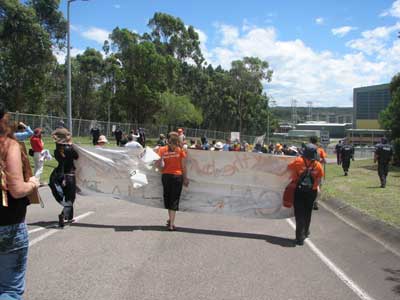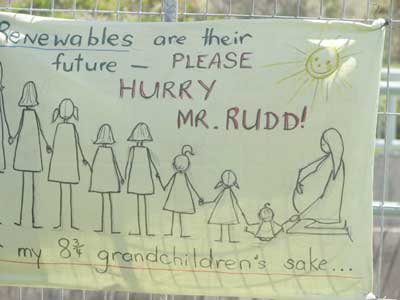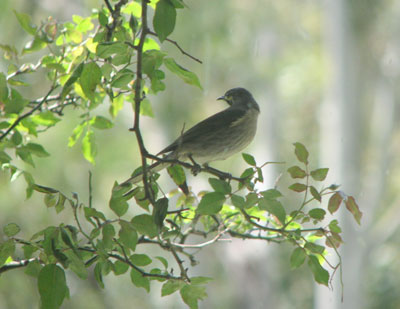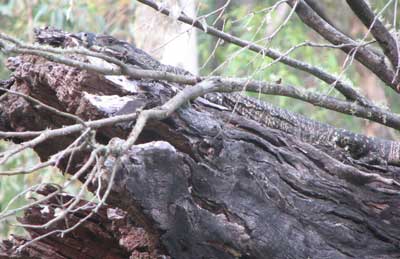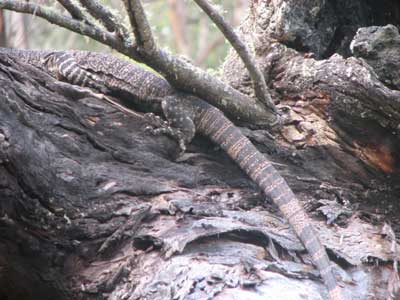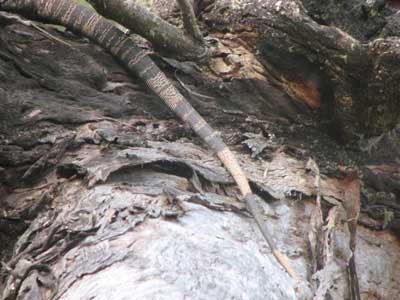I was visiting a friend’s house in bushland in the lower Hunter. Her small grand-daughter was also visiting, so a child-sized table was set up on the back patio. Large Lego kept her amused.
My friend had fed the King Parrots there for a long time but the white cockatoos had begun to dominate, so she was restricting the sunflower seeds to where she could watch who was eating them.
‘The king is here!’ she called to the child. ‘Shall we feed him on your table?’
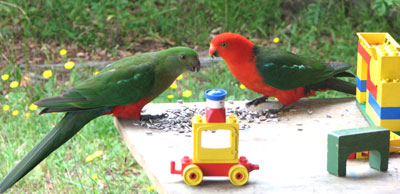

To the delight of us all, the king deigned to leave the guttering and alight on the table. His queen watched from a nearby tree for a little while, until she felt secure enough to join him amongst the Lego people.
My friend, originally from Denmark, vividly recalls her amazement at these parrots when she first saw them. We all agree that their gentle yet blazing beauty continues to astonish us afresh each time.
